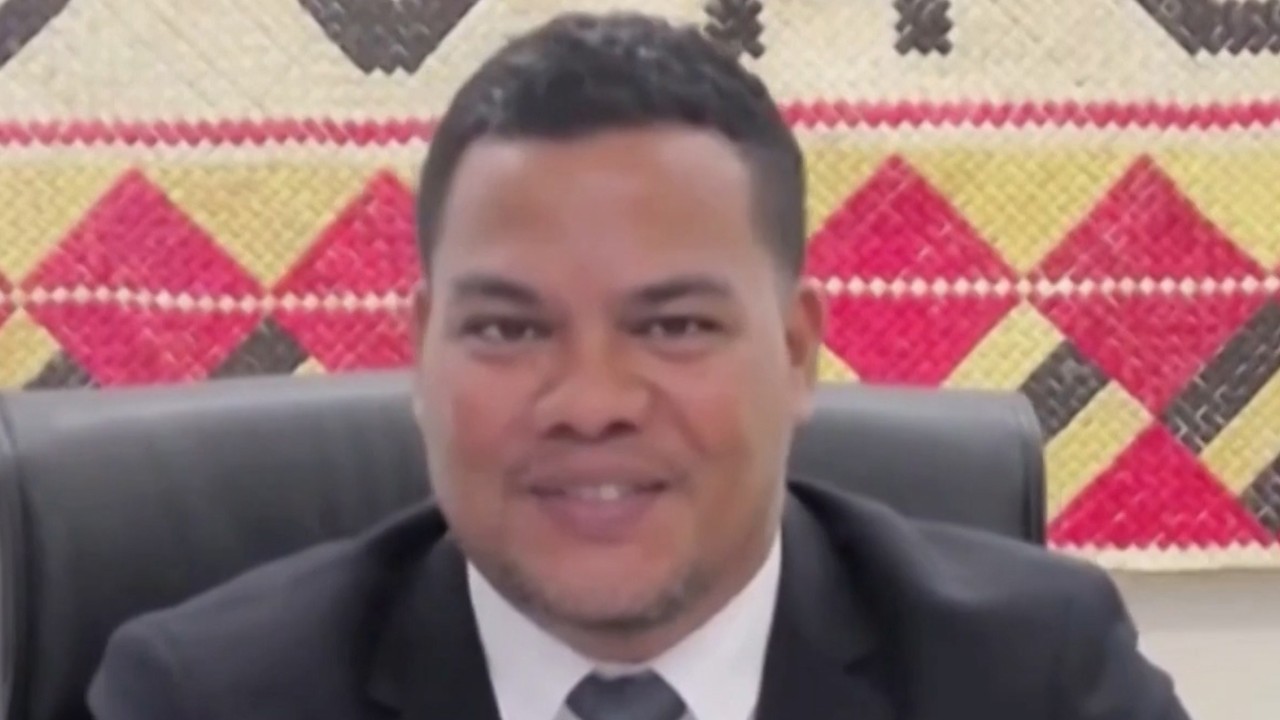
Lantau artificial islands? Hong Kong’s money is better spent on climate resilience as sea levels rise
- Building artificial islands drains the resources needed to cope with climate change while creating new disaster risks and exposing more human lives and properties to rising sea levels and typhoons
Since UN members adopted the Hyogo Framework for Action 2005-2015, the global focus has shifted from post-disaster rescue to preventing new risks, reducing existing risks and strengthening resilience – through cost-effective investments to prevent social, economic and environmental losses.
In repeatedly highlighting the need to avoid creating new risks, the successor Sendai Framework for Disaster Risk Reduction 2015-2030 further recognises climate change and rapid urbanisation as the key drivers of disaster risk, notably the heightened risks of a rise in the sea level and more frequent and severe typhoons.
The Sendai framework emphasises taking a risk-informed approach to development and infrastructure planning – and artificial islands require development and infrastructure planning on a mega scale. Assessing disaster risk means identifying hazards and their probability, the exposure of lives and assets to the hazards, and the various systems’ vulnerability or capacity to cope with the hazards.
Unfortunately, in the rush for urban development, disaster risk reduction often takes a back seat.

The financial resources allocated for the development of artificial islands could be better used in reducing disaster risks and building resilience.
It’s also worth noting that China’s central government has also made a strong commitment to disaster risk reduction in its adoption of the Sendai framework, and in its political and financial support for related initiatives such as the Integrated Research on Disaster Risk (IRDR) programme under the UN Office for Disaster Risk Reduction and International Science Council; in fact, the IRDR’s International Programme Office is in Beijing.
In terms of exposure to the threat of storm surges on property, the report estimated that by 2070, Hong Kong’s ranking would rise from 20th in 2005 to 9th, while Osaka-Kobe would fall from 4th to 13th.
Tuvalu, an island state in the far southwest Pacific, made the world sit up in 2001 when its government announced evacuation plans in the face of rising sea levels. It’s home to just 11,000 people; 22 years on, residents remain on the island, facing a sinking future.
If Hong Kong needed to evacuate the hundreds of thousands it envisioned living on the reclaimed East Lantau Metropolis, how much more difficult would that be?
With the city looking for a fresh start after the Covid-19 pandemic, we hope that Hong Kong will continue to reduce its disaster risks rather than create new ones for itself, and that it remains a safe home that can retain its people and attract talent. We believe that a good narrative of Hong Kong must be grounded in sound science and rationality.
Emily Ying Yang Chan is co-director of the Collaborating Centre for Oxford University and CUHK for Disaster and Medical Humanitarian Response (CCOUC), and assistant dean and professor of Chinese University of Hong Kong’s Faculty of Medicine
Kevin Kei Ching Hung is co-director of CCOUC and an associate professor in the Accident and Emergency Medicine Academic Unit at the Chinese University’s Faculty of Medicine
Chi Shing Wong is deputy director of CCOUC





